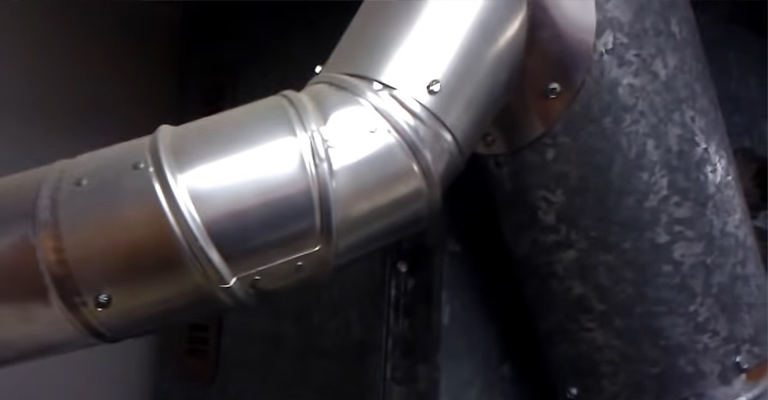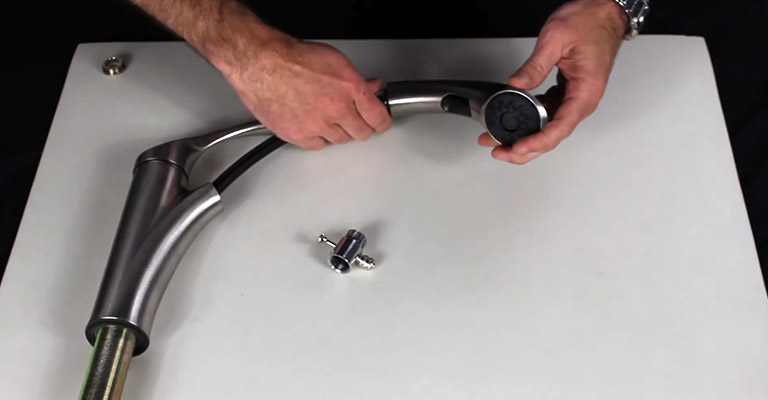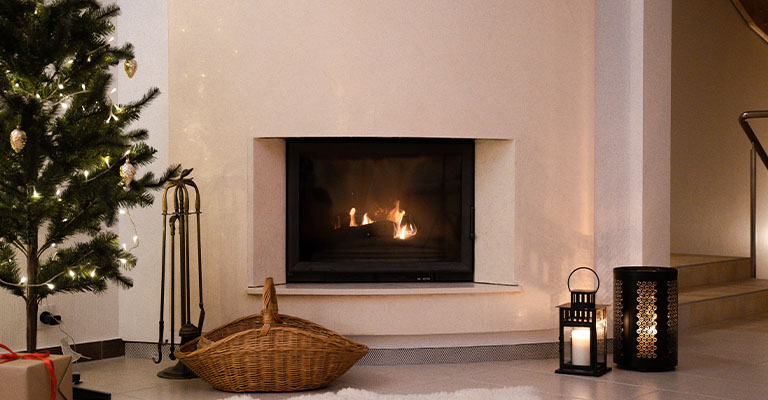Saw A Mouse In My House But No Droppings – Explained?
Having a mouse as an extra member in the house is something no place ever wants. Well, like people, when they find shelter in your home, they will think about starting their own family there, which we basically call a mice infestation.
Sometimes even after taking all the preventive measures, you might notice a mouse in your house but no droppings. That can be pretty bewildering. So, this article will explain that additionally guiding you to take the proper preventive measure to keep your house mice-free.

Did I see A Mouse In My House But No Droppings?
Since you saw a mouse in your house but no droppings, this can explain only one thing: that the infestation is just getting started. House mice always are in groups; therefore, there might be more of them in your house.
So better start looking for signs of mice dropping, beginning with the back of your microwave and fridge. Although the best place to look for mice poop is the sink unit located at the back of the kickboard.
Signs of Mice Infestation
Indications of mouse infestation consist of droppings, gnawed plastic or furniture, tracks, and rodent sightings. House mice additionally emit musky odors.
These symptoms can assist you in discovering their nesting areas. Mouse nests generally are crafted from shredded fibers and unique materials.
They are primarily active in places of your house that don’t have much activity like your shoeboxes and garage crates. These indicators will tell you about their presence in your house.
Mice Droppings
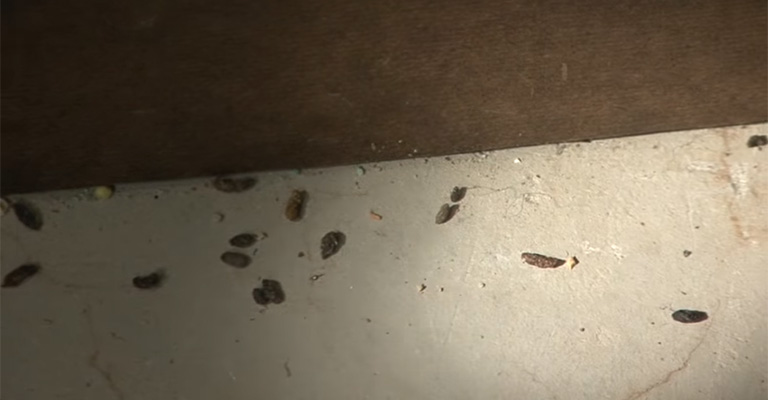
those are frequently black and approximately the scale and form of a grain of rice. Fresh droppings might be smooth and moist. Each mouse can leave about eighty droppings inline within a day. Common locations to discover mouse droppings are below the kitchen sink, round imperative heating boilers, and in roof spaces
Strong Ammonia Smell
Which is caused due to frequent urination of mice. The stronger the smell, the closer you are to their nest. The smell even lingers after clearing out the whole pack of mice.
Smear Marks
Are darkish gray marks left on surfaces through repeated touch with the oils in mouse fur?
Nests
Every now and then, nests may be located inside, such as in lofts, beneath the floorboards, or in airing cupboards.
Damaged Foods

You can find your foods are damaged and stored in the cupboard or pantry.
Gnaw Marks
Are another sign of their presence. You can find them in woods, carpets, paper, furniture, or pipe cables.
Trace Footprint
This trick helps you find their nest more easily. If you have talcum powder, flour, or Chinese clay, sprinkle them on your basements on unused lofts as dusty environments can show their track and tail marks.
Scratching Noises
Often at night when the mice are most active. Listen for noise between partitions, under hardwood floors, in false ceilings, basements, and attics.
Daytime Spotting
This means that those mice really settled down along with their future generations.
How To Get Rid of Mouse From House?
Now comes the solution to one of the common problems we all face once in a lifetime.
Remove Their Sources Of Food

Since mice are small in size, you can figure that they don’t require much food. To get rid of them in your home, get rid of the things they like to eat. Store all of your grains, pet food, and other dry goods in glass or metal containers, which can prevent mice from chewing, keeping your food secure.
To avoid attracting mice onto your property, seal all potential food sources in tamper-evident containers, do not leave pet food outside for long periods, and clean up all spills and debris immediately.
Get Rid Of Nesting Materials
Make sure that the mice do not discover gentle nesting substances by storing all fabrics, rugs, and blankets in plastic solid garbage bins. Remember, mice can even bite via cardboard, paper, or lightweight plastic to construct nests and quickly recycle your own home.
Pay attention to the outdoors of your own home, too. Remove leaves and branches inside three toes of your own home’s basis and maintain the outside and inside of your own home smooth and debris-free.
Block Entry Points
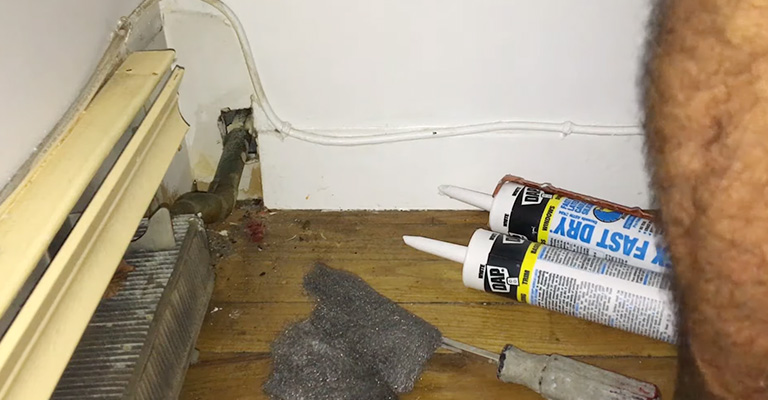
When the temperature drops, the mice try to get inside. Block off your driveway by caulking or weather-stripping small holes in foundations, sidewalls, and doors. Put steel wool in the vents to prevent intrusion without restricting airflow.
Natural Mice Repellent
Yes, there are natural remedies for mice infestation. Since mice have a strong sense of smell, you can use that to eliminate them with these natural options.
Essentials Oils
You can buy essential oils at your local health food store, and these oils are peppermint oil, cayenne pepper, pepper, and cloves. Mice absolutely resent the smell of these oils.
Soak some cotton balls and place them anywhere you’ve had trouble with mice, such as under household appliances or on the back of cabinets. Toothpaste, bleach, and vinegar also work.
Apple Cider and Water
Mix the apple cider with water and put it inside a spray bottle. Then spray the mixture around the perimeter of your house and possible entry points. Reapply these once a month.
Fabric Softener Sheets
Stuff those sheets into entry points to prevent mouse visitors immediately.
Get A Cat

Cats are one of the best mouse deterrents out there. If you could undertake a cat to assist preserve your mouse population, do it. If you stay in an area that doesn’t permit cats, discover a pal with one and regional tubs of used kitty clutter on the entrances in your home. Mice may also vacate the premises upon smelling cat urine.
Alternatively, visit the shop and purchase a few natural ammonia. Ammonia smells just like the urine of a predator and could deter mice. Leave ammonia-soaked cotton balls in locations the mice want to frequent.
Use Sound
Ultrasonic gadgets may be powerful at preserving mice away. Plus, those deterrent gadgets are secure for kids, pets, and different animals. To find them at your nearby hardware store and locate them everywhere, you’ve observed mouse activity at your home.
Set Mouse Trap
Traps don’t kill mice; they keep them trapped so you can take those mice and throw them away. Place traps withinside the regions of your private home maximum frequented by way of mice and takes a look at them each morning.
Mice usually pop out seeking out meals at night. Examples of yummy treats to draw mice encompass peanut butter, cheese, and buttered popcorn. Be sure to release any mice that you seize at a minimum of a mile away from your home, and ideally not in an inhabited area.
Please don’t come in contact with the mice directly to keep away from any illnesses they are probably carrying.
Build Your Own Humane Trap
You can also build traps if you are quite the craftsman with your household items. Bucket, stick, and plastic cup: Stick the cup with the stick and lay the stick and the cup on the open top of the bucket. Pour some peanut butter over the cup to act as bait. The mouse should run to the cup and then fall into the bucket.
Glass and coin: Using a large glass with peanut butter smeared inside, balance one side on a good coin. When the mouse runs in for the peanut butter, it should knock down the coin and become trapped inside the glass. Repeat as needed.
Contact Professional
When things seem to get out of hand, contact pest control management to help you with the infestation.
FAQ
Why do I suddenly have mice in my house?
Since mice are explorers and are always on the lookout for food and shelter wherever they can, it is not an uncommon scenario if you see mice in your house, especially if your house looks appealing.
Where do mice hide during the day?
The nest of mice is usually made of soft materials, which is shredded paper, cardboard boxes, insulation, or cotton, and that’s where they sleep hidden during the day.
Will sleep with lights on keep mice away?
Mice are known to be adaptable creatures. So even though keeping your lights on while sleeping may seem to scare them off, they will adapt to it.
Should I be worried if I saw a mouse in my house?
Yes, in general, you should be because if you saw a mouse, there is a possibility that there’s a whole lot of them or they will increase in numbers in the future.
Do mice usually go upstairs?
Generally, mice do not go upstairs, but they won’t hesitate to go if they want to unless the stairs are made from slippery materials.
Final Words
A single mouse can literally start to ruin your beautiful home. So, it is crucial to look out for them and block all possible entry points, which could be the holes in baseboards, screens, gaps for plumbing or electrical wiring, cracks in the foundation, and any crevices in the air vent or air vent in the attic.
If you think that the numbers may be small, you can always follow the guide given above to get rid of them. And professional help is always available to you, so clear out the whole mice family before they wreck your home.


